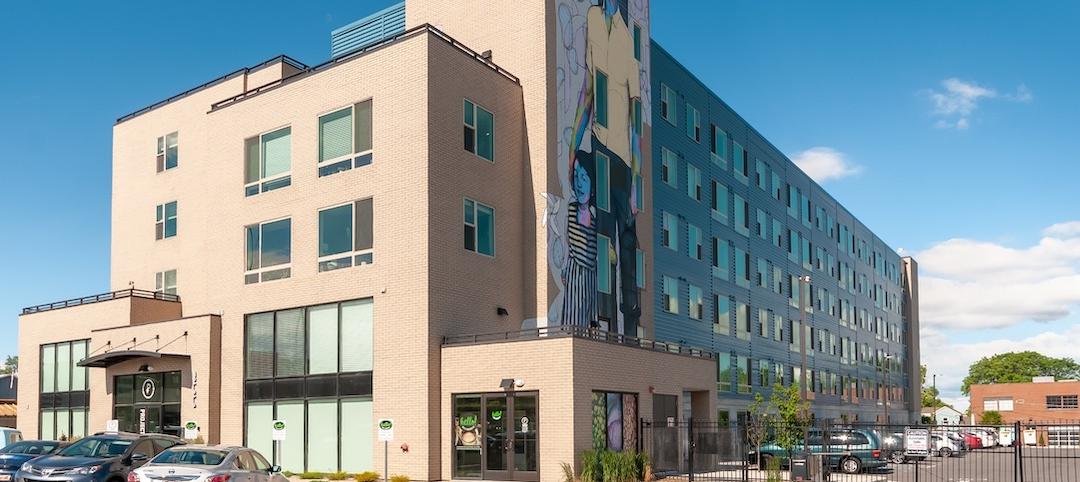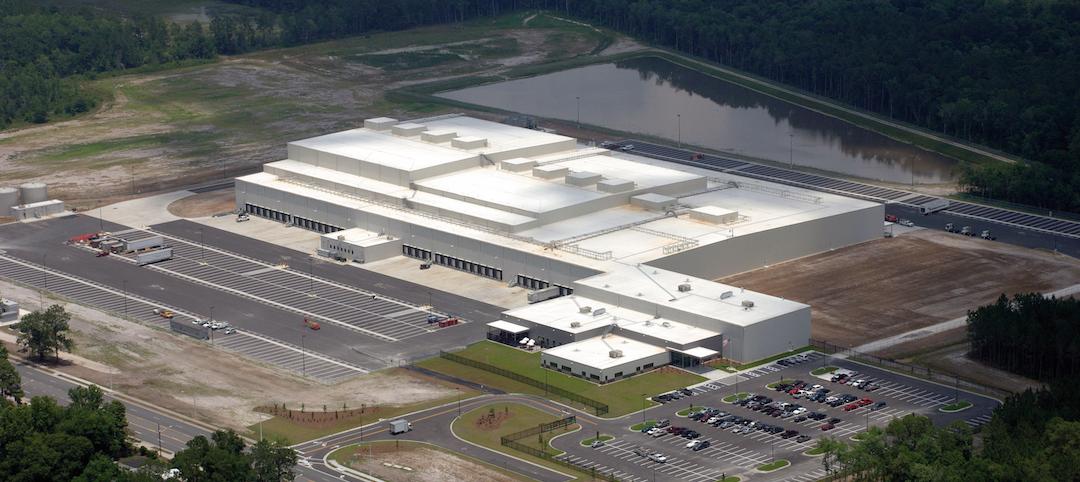For the past two years, the National Building Museum has put up a temporary mini-golf course for visitors to play in. But this year, they're taking museum-goers to a different place: a maze.
The maze was designed by Bjarke Ingels Group (BIG) and is a precursor to an exhibit (set for January 2015) showcasing some of the firm's projects. To navigate the maze, people must look up. Cathy Frankel, vice president for exhibitions and collections at the museum, told the Washington Post that the museum's “ubergoal is that people walk out of here looking at their built world differently. We think this is sort of on the microlevel of that—forcing people to look up [as they try to find their way through the maze] will make them look at our building differently.”
The maze actually gets easier as you go along, with the walls starting at 18 feet high and getting shorter towards the end. Frankel estimates that it takes about 40 minutes to navigate the 3,600-sf maze.
Placed in the museum's Great Hall, the maze's location may actually make it more difficult to complete. The hall is more or less symmetrical, and the walls are fairly similar, so only those sharp enough to figure out if they're facing north or south will be able to determine their location in the maze from the features of the larger room.
Related Stories
Architects | Oct 3, 2019
LEO A DALY wins Architect of the Capitol contract
The firm will help modernize some of the country’s most significant public buildings.
3D Printing | Sep 17, 2019
Additive manufacturing goes mainstream in the industrial sector
More manufacturers now include this production process in their factories.
Multifamily Housing | Sep 12, 2019
Meet the masters of offsite construction
Prescient combines 5D software, clever engineering, and advanced robotics to create prefabricated assemblies for apartment buildings and student housing.
Cultural Facilities | Sep 11, 2019
The Kennedy Center expands for the first time since its 1971 debut
The REACH, with three pavilions on a generous lawn, adds openness and light to this performance space.
Architects | Sep 11, 2019
Buoyed by construction activity, architect compensation continues to see healthy gains
The latest AIA report breaks down its survey data by 44 positions and 28 metros.
Multifamily Housing | Sep 10, 2019
Carbon-neutral apartment building sets the pace for scalable affordable housing
Project Open has no carbon footprint, but the six-story, solar-powered building is already leaving its imprint on Salt Lake City’s multifamily landscape.
Giants 400 | Sep 9, 2019
Top 70 Industrial Sector Architecture Firms for 2019
AECOM, Stantec, Ware Malcomb, FSB, and Macgregor Associates top the rankings of the nation's largest industrial sector architecture and architecture engineering (AE) firms, as reported in Building Design+Construction's 2019 Giants 300 Report.
Giants 400 | Sep 9, 2019
2019 Industrial Sector Giants Report: Managing last mile delivery
This and more industrial building sector trends from Building Design+Construction's 2019 Giants 300 Report.
Codes and Standards | Sep 9, 2019
Free app calculates maximum allowable heights and areas for buildings
A free app that calculates the maximum allowable heights and areas for buildings of various occupancy classifications and types of construction has been released.
Retail Centers | Sep 6, 2019
Another well-known retailer files for bankruptcy: Here's the solution to more empty anchor stores
Where can you find the future of retail? At the intersection of experience and instant gratification.

















